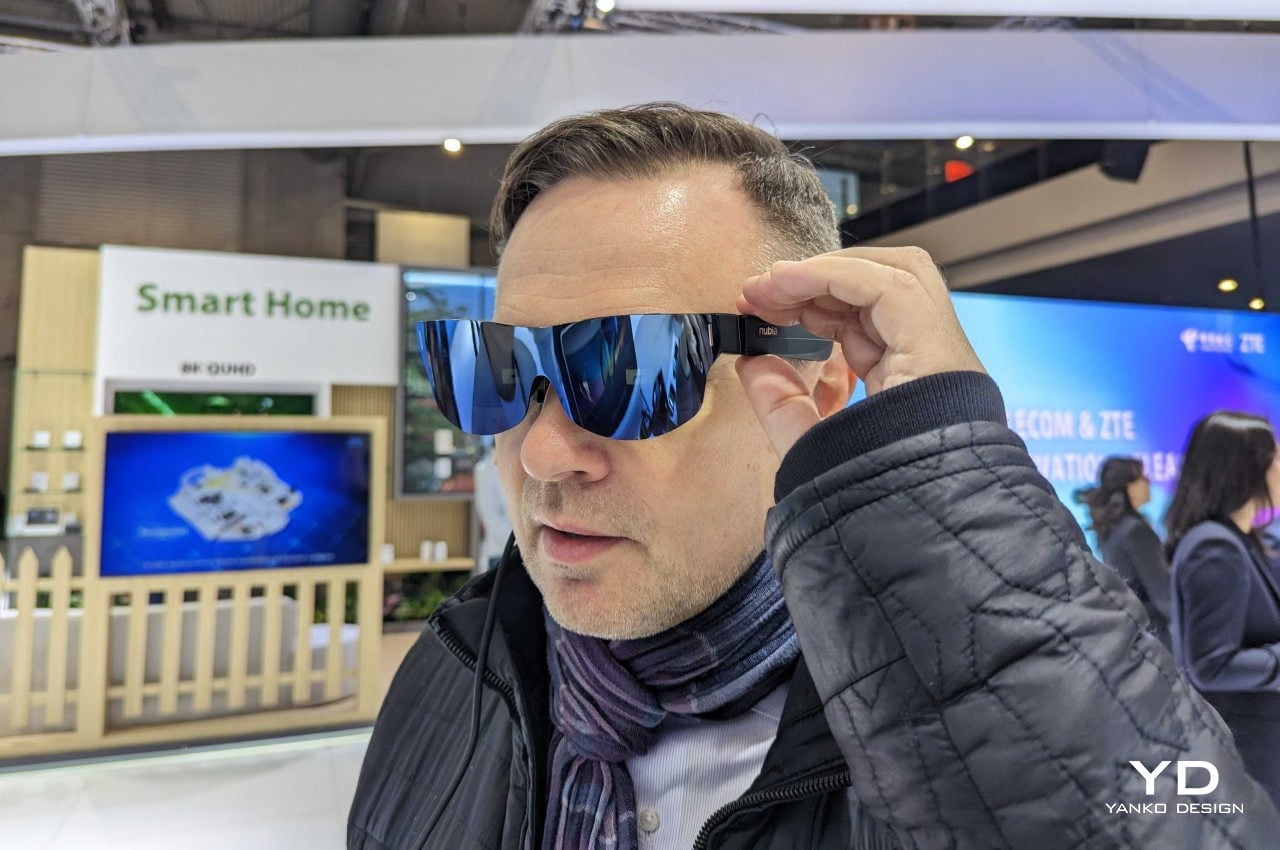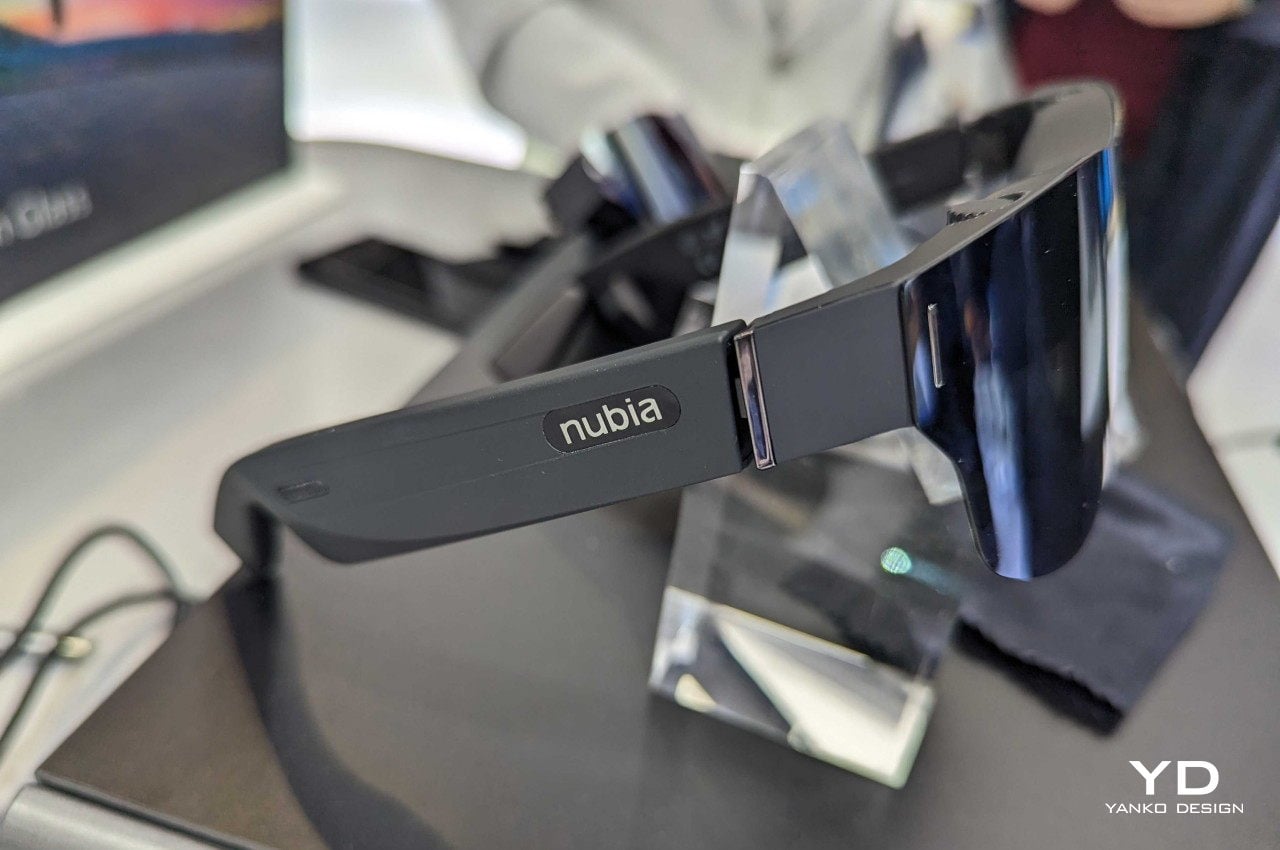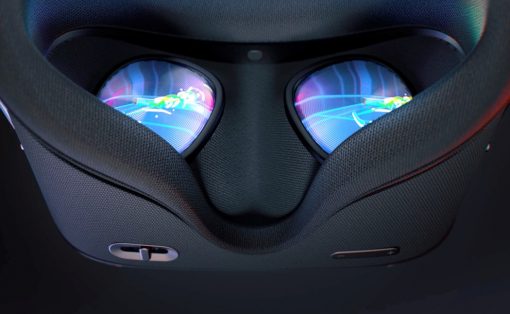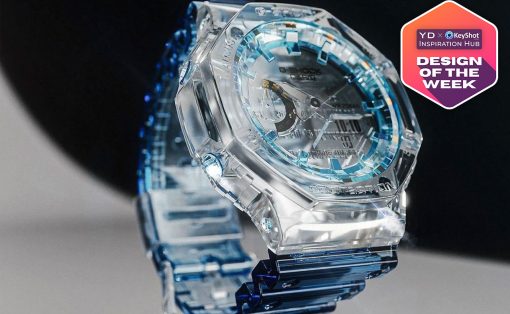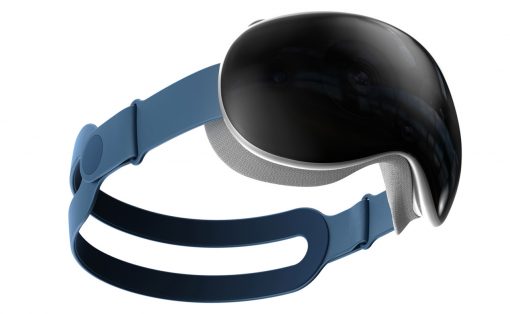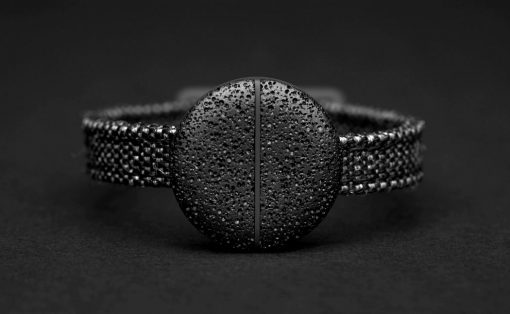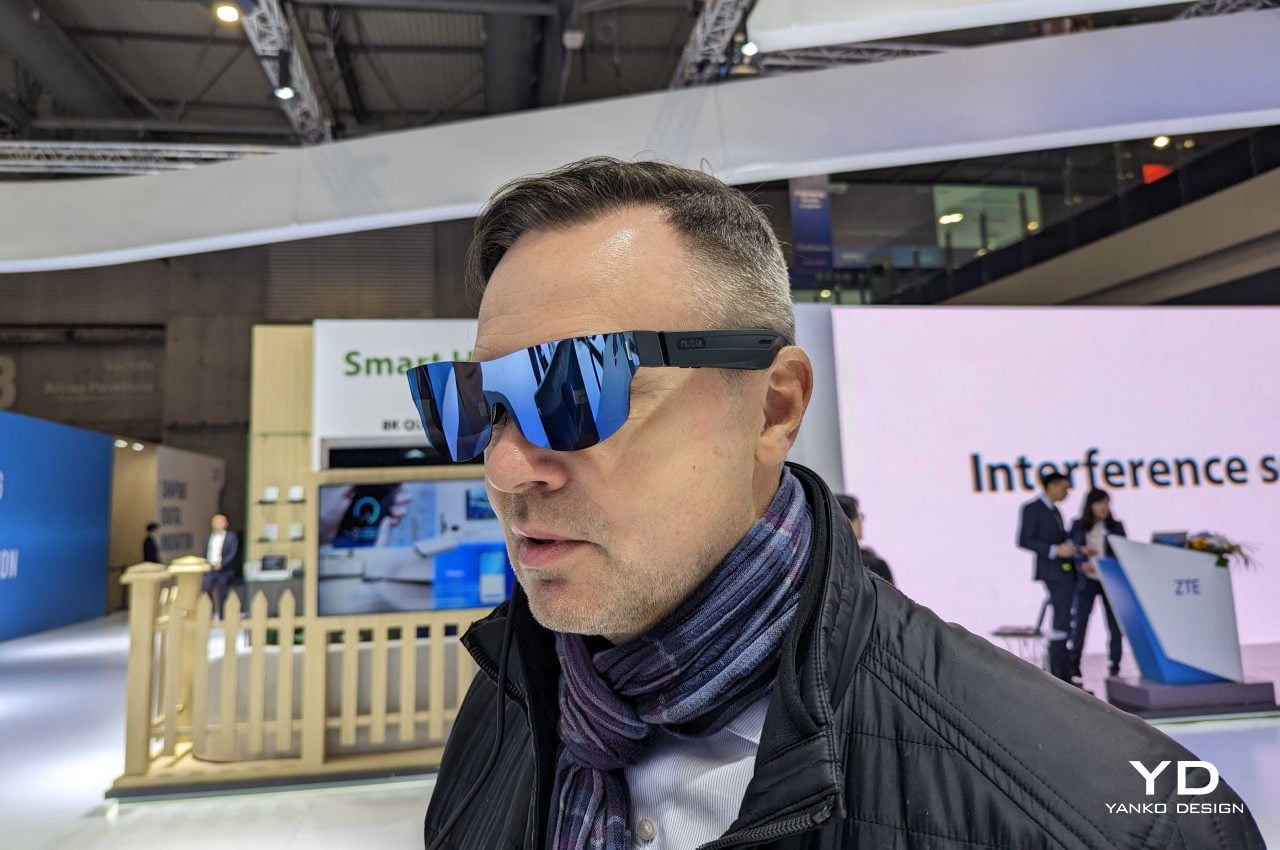
Although it does have the word “mobile” in it, MWC has long ceased to just be about smartphones and tablets. These days, anything you can pick up and use on the go is labeled as mobile, sometimes including laptops. When it comes to portability, however, wearables have become quite the fad, and this category isn’t just limited to smartwatches or “hearables” like earbuds and hearing aids. One strong presence at MWC 2023 this year seems to be headsets and eyewear, particularly those designed for augmented and virtual reality applications. Not to be left behind, ZTE’s nubia is showcasing its first-ever AR eyewear, and it seems to be trying to be a bit more fashionable at the expense of a bit of freedom of movement.
Designer: ZTE
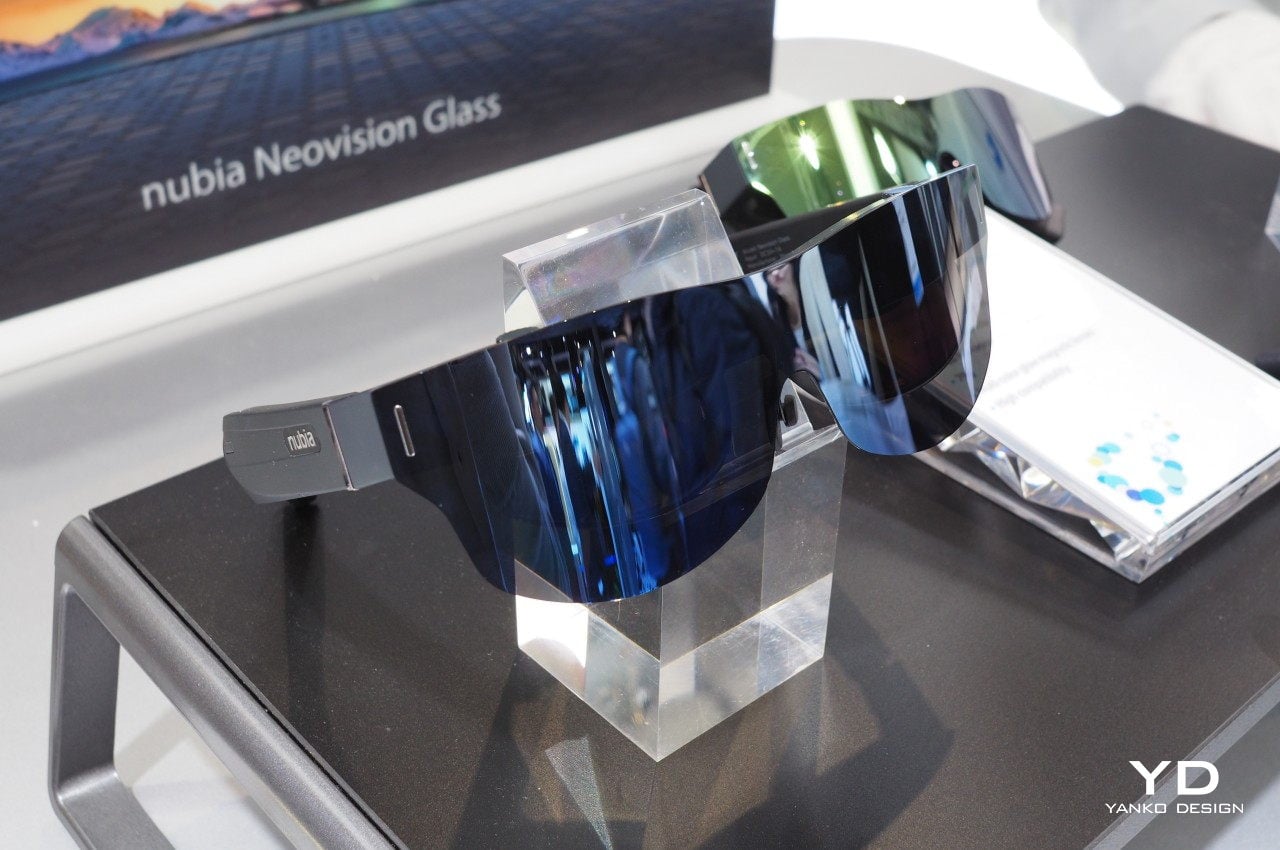
As far as mixed reality headgear and eyewear are concerned, the trend seems to be going in the direction of cramming all the necessary hardware inside the device, unlike the first-gen Oculus Quest and HTC Vive headsets that needed to be connected to a powerful PC with a cable. A standalone headset does have tradeoffs, though, especially when you consider the weight of the hardware and the built-in battery. That’s why some devices still try to aim for a completely lightweight and comfortable design, even if it means offloading the brunt of the work to external devices.
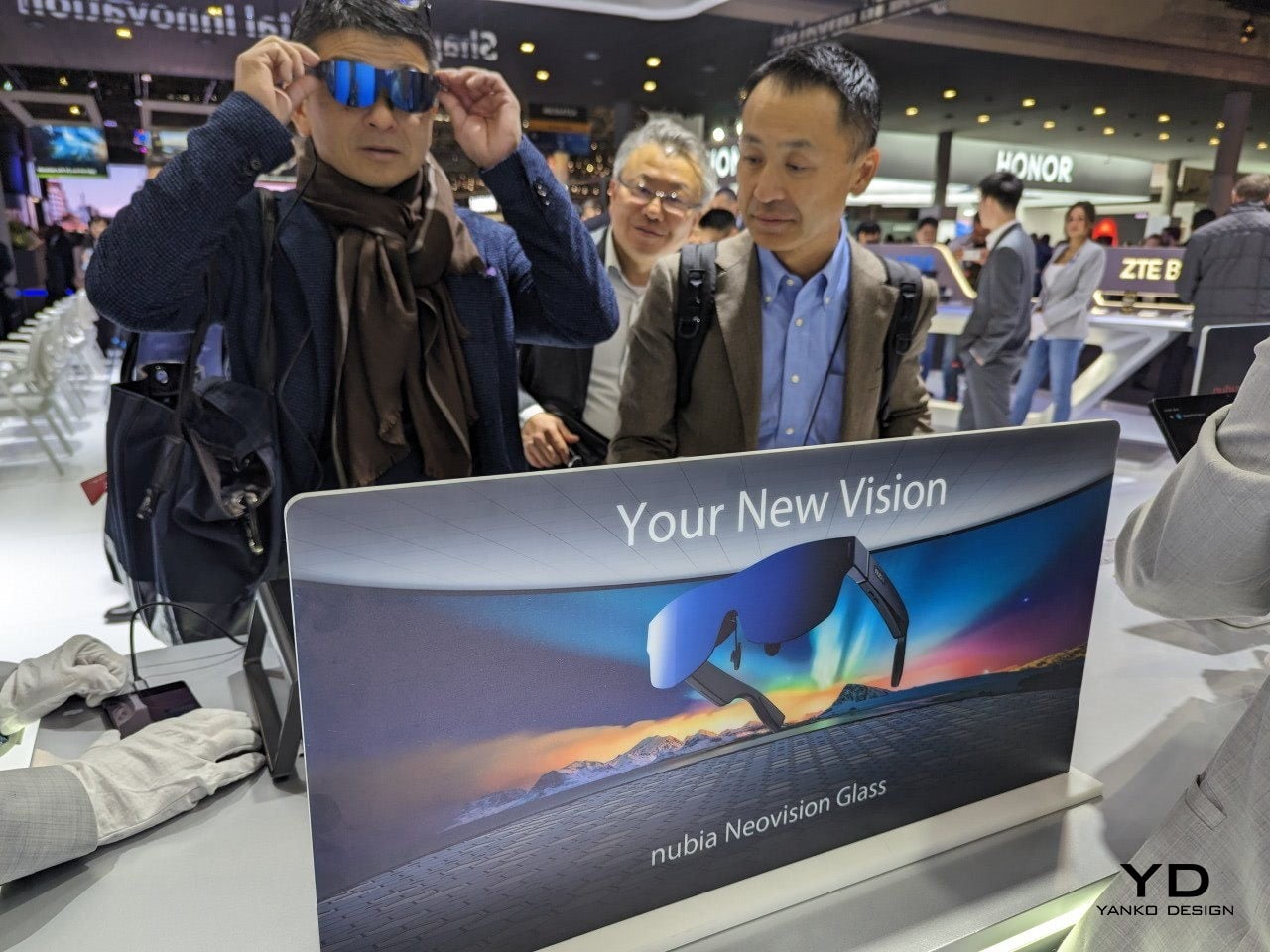
The new ZTE nubia NeoVision Glass is one such type of device. It’s incredibly lightweight at 79g, but it’s not lacking when it comes to display quality. It boasts Micro-OLED screens with 3500 PPI and a binocular resolution of 1080p, giving the wearer the equivalent of a 120-inch screen floating before their eyes. It doesn’t skimp on the audio either, with two omnidirectional speakers and a cyclonic sound tank. All in all, it promises a full range of multimedia experiences for both your ears and your eyes.
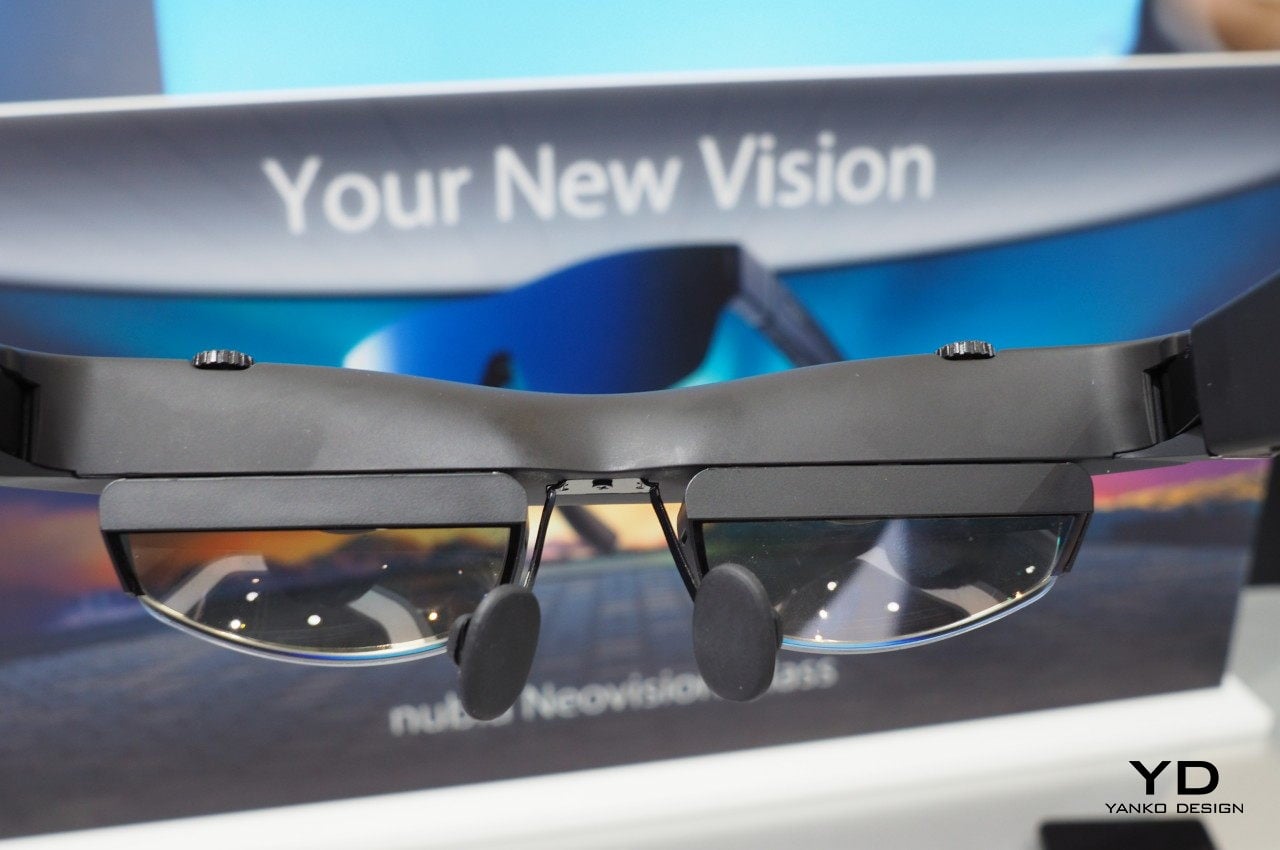
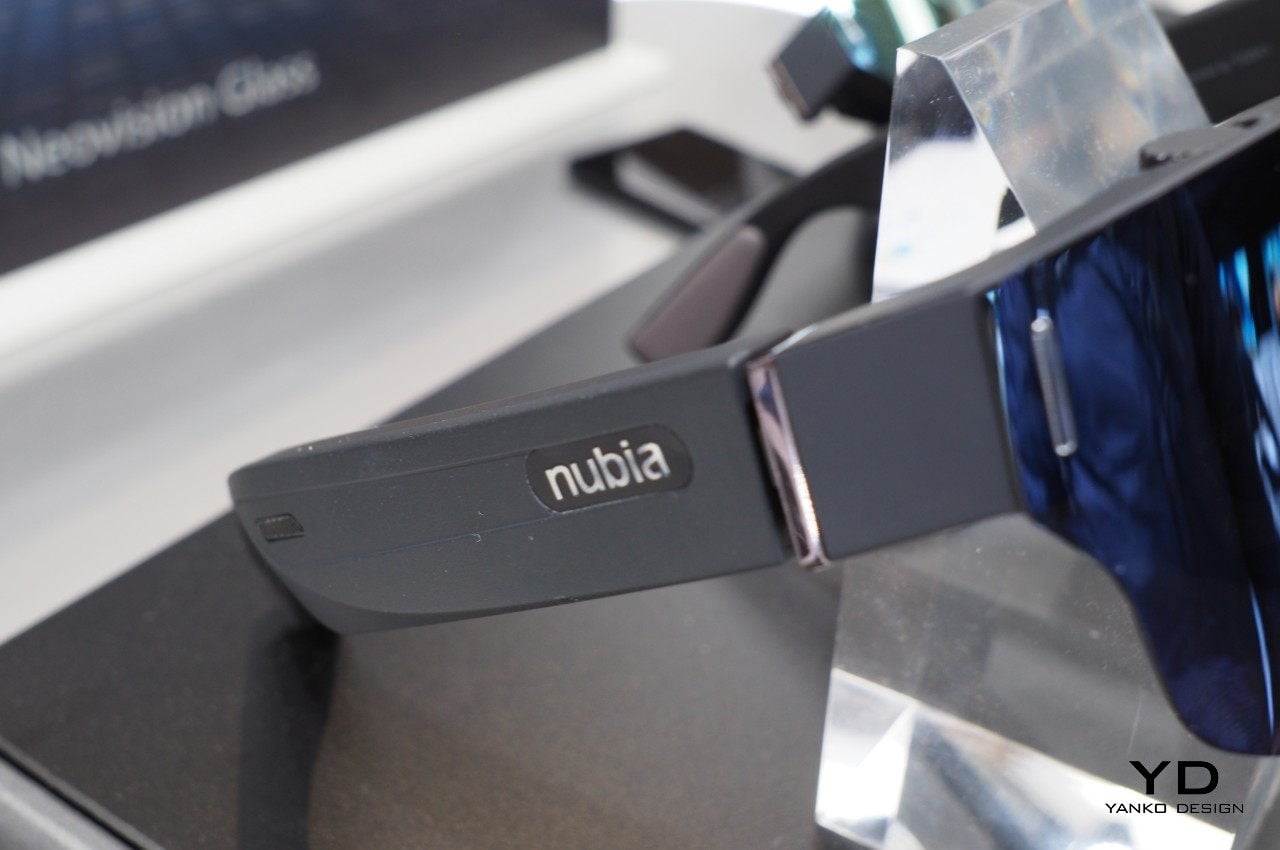
The nubia NeoVision Glass also advertises high compatibility with a wide range of devices, including phones, computers, and consoles. It’s “plug and play,” which suggests that it doesn’t come with its own computer inside, though ZTE wasn’t exactly clear on that part. It does mean that you can use any device or platform you want, though it also means you’ll be rooted on the spot near that device unless it’s something you can carry around.
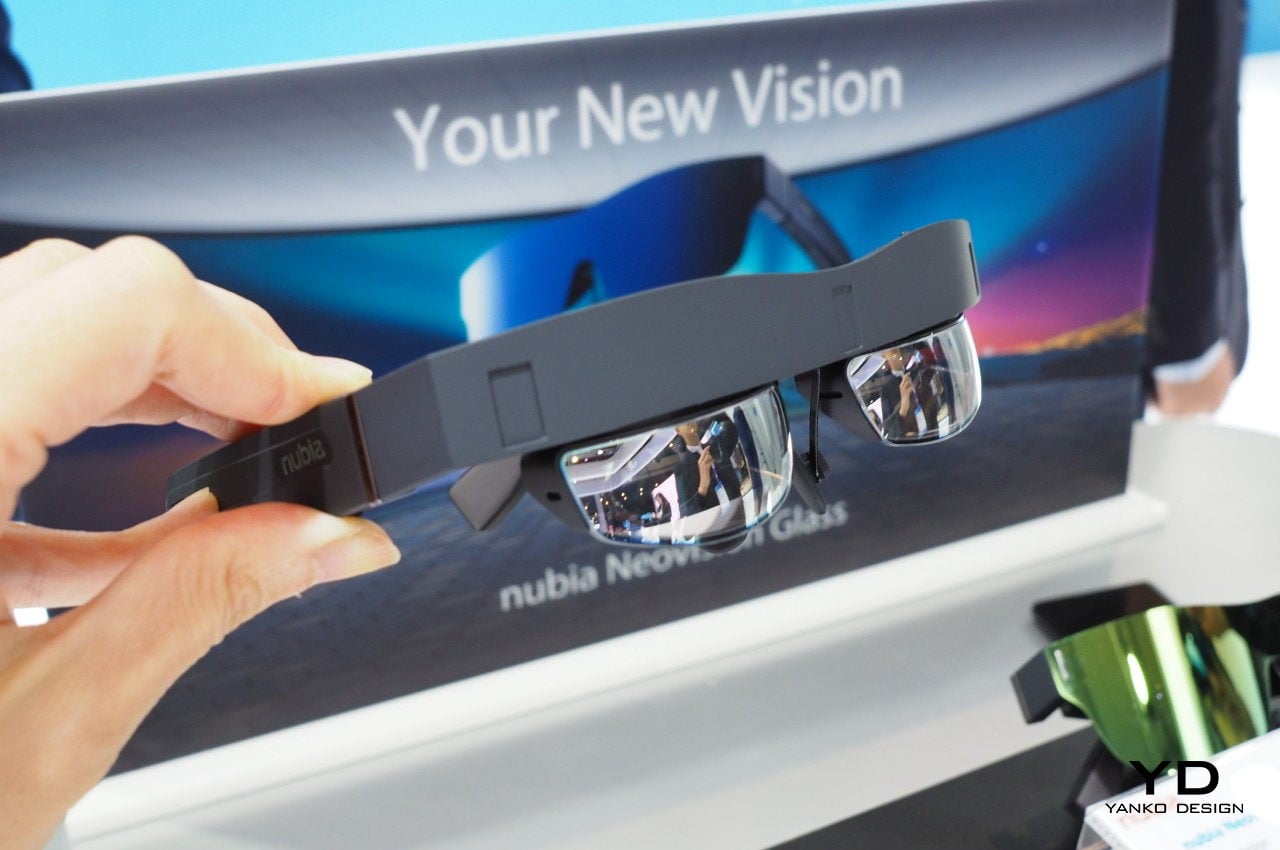
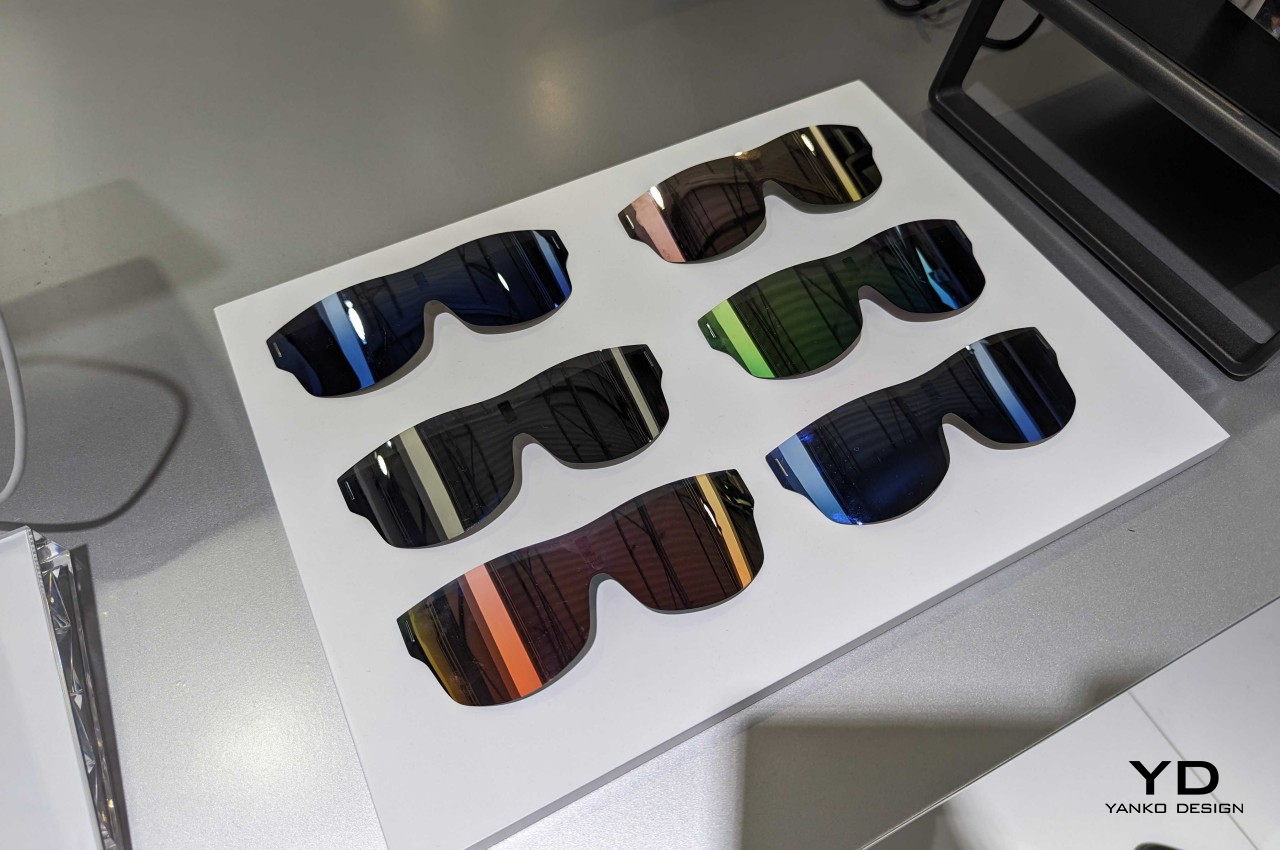
ZTE does, however, pay special attention to both the looks of the eyewear as well as its accessibility. Magnetic lenses make it trivial to swap out different sunglasses designs, and it supports zero to 500-degree myopic adjustment for those that need to wear prescription glasses. It’s still relatively bulky compared to typical sunglasses, but few will realize that you’re viewing the world through a different set of lenses, figuratively and literally.
